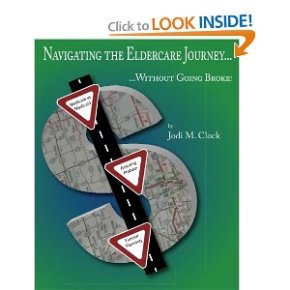This is a photo of one our flower carts. We use them to transport the flowers from the area in the building where the flowers are delivered to the visitation rooms and then on to the chapel for funerals.  Then we use them again to transport the flowers back to the garage where the delivery van is so we can take the flowers where ever the family wants them delivered. Handling flowers is still something we do all the time at the funeral home and I suspect most funeral homes have a cart like this in some shape or form. I have no idea where our carts came from but they look they were some type of standard cart and then customized to meet our specific needs. They are made out of steel, chrome and sheet metal. Very sturdy and have lasted over 60 years and I’m sure they have several decades of use left in them.
Then we use them again to transport the flowers back to the garage where the delivery van is so we can take the flowers where ever the family wants them delivered. Handling flowers is still something we do all the time at the funeral home and I suspect most funeral homes have a cart like this in some shape or form. I have no idea where our carts came from but they look they were some type of standard cart and then customized to meet our specific needs. They are made out of steel, chrome and sheet metal. Very sturdy and have lasted over 60 years and I’m sure they have several decades of use left in them.
I don’t ever remember the flower carts not being at the funeral home. I’m 55 years old and the house I grew up in was attached to the funeral home. I used to go through the flower room on my way to my elementary school every day. I never really thought about them much. They were just part of the scenery here at the funeral home.
So why am I writing about them today. Well…Today I spent several hours cleaning them up.
We have been doing some well needed painting around the funeral home. I hired my 20-something nephew who is in between jobs as a summer white water rafting guide and wintertime ski lift operator and another gal with some painting experience to get the jobs done in a timely manner. My wife picked out the colors and basically supervised the job. I have been busy still working on the house trying to get ready to move in (I’m way behind schedule and my wife is about ready to string me up the flagpole). I decided it was time for me to delegate everything and I let them handle the job and over all they have done a great job.
Unfortunately they used the flower carts to move paint and equipment around the building and they spilled paint in the carts. Not a lot, but enough to make them look like crap and then the paint dried and it was crusty and nasty. They also didn’t clean the paint brushes very well and left the rollers wet with paint and wrapped in plastic bags so they could use them later when they got back to finishing the job. I know this is some trick that they saw in some remodeling magazine and years ago I might have done the same thing.
But with age (and lots of mistakes) comes some wisdom. I learned some time ago, thanks to my former father-in-law, that if you treat your tools well they will last a long time and you will do a better job. It takes patience, time to set up and then time to clean up when you’re done. I do my best to follow his teachings. Sometimes I fail. I don’t put all the tools away if I’m in a hurry or I know I’ll be back at the job soon. But I have found that when I don’t clean up and put things away I always have a hard time finding my tools later when I really need them.
OK …. you’ve all heard this before. So back to the flower carts.
The flower carts symbolize my business and how I should take care of people. I could just look at them as something that’s only there for a short time. Use it and then throw it away because it’s easier to get a new one than to clean it and take care of it. But I realized that these carts have been around for over 60 years, doing a great job, in the public eye and very functional. If I had to replace them I would get a new and improved model. But they don’t need to be replaced yet. They just need to be taken care of.
Maybe the folks that spilled the paint in them didn’t realize their history. They didn’t know how many jobs they had done so well over the years. Maybe the carts just looked old and utilitarian. I didn’t see them like that. I saw some old faithful tools (friends) that had been so helpful for a long time. So I spent a couple hours getting them back in shape. I’m glad I did. I’m sure they will return the favor and give me many more years of faithful service.
Now if I could just find that pair of vice grips I used last week.
I’m Dale Clock. Thanks for listening.
